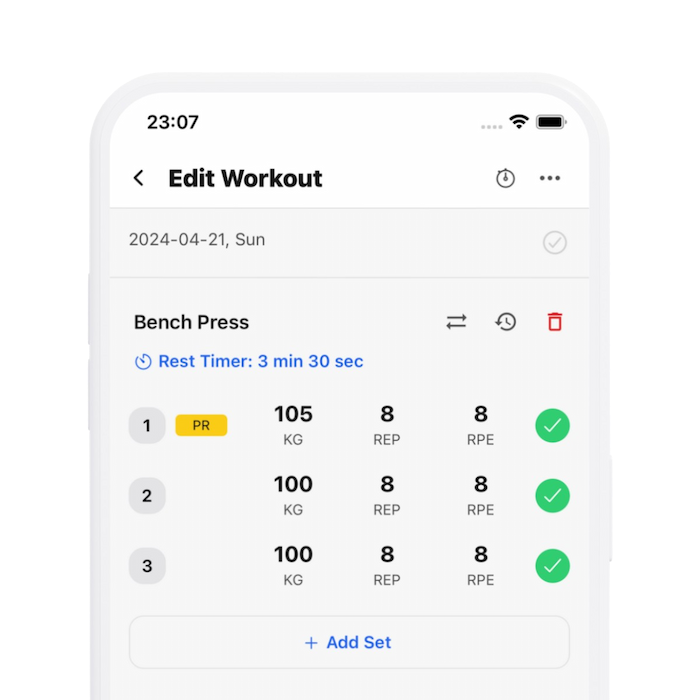30 Seconds SummaryDo lengthened partials build more muscle than full ROM?
- Recent studies indicate partial range of motion (ROM) may be more effective for muscle hypertrophy than full ROM, but full ROM generally remains essential for stretch-mediated hypertrophy, especially when it increases muscle lengthening.
- ROM is defined by the degree of joint angle change, not the distance a weight moves. It’s specific to each joint and crucial for understanding muscle mechanics like the length-tension relationship.
- Muscles generate different tensions at various lengths due to the sliding filament theory. They are strongest in their anatomical position, with variations when lengthened or shortened.
- Passive tension, similar to how an elastic band stretches, increases with muscle lengthening. This tension contributes significantly to muscle growth through a mechanism called stretch mediated hypertrophy.
- Heavy, painful static stretching can induce as much muscle growth as traditional exercises like calf raises, highlighting the importance of stretching in muscle development.
- Muscles trained at longer lengths exhibit more growth, a phenomenon supported by passive mechanical tension and proteins like titin, which senses and responds to mechanical tension.
- Functional excursion, or the degree of muscle lengthening during an exercise, is more relevant for hypertrophy than the actual range of motion measured in joint degrees.
- Exercises like seated leg curls, which lengthen the hamstrings more due to hip stretching, are more effective at inducing hypertrophy in specific muscle areas, illustrating the importance of muscle length in training regimens.
- Some studies suggest that in untrained individuals, performing exercises with shortened ROM that focus on lengthened muscle positions might be more beneficial, highlighting a nuanced approach to training depending on the individual and exercise type.
